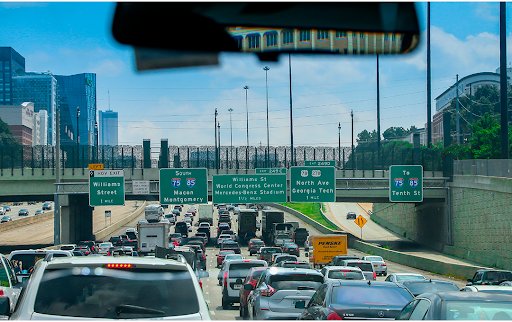The world of auto insurance can be complex, with terms like “full coverage” often used to describe comprehensive protection. However, what exactly does “full coverage” entail, and what can you expect from these policies?
In reality, the concept of full coverage isn’t universal, and understanding what these policies typically include can help you make informed decisions about your auto insurance.
Deciphering “Full Coverage”: What Does It Include?
“Full coverage” is a term frequently used by insurance agents, but its meaning can vary widely. Generally, full coverage policies include a combination of several coverage types that offer protection for a range of scenarios. Here’s a breakdown of what these policies typically encompass:
- Liability Coverage: This is a foundational component of full coverage. It includes bodily injury liability, which covers medical expenses and lost wages for others injured in an accident you’re responsible for, and property damage liability, which covers repairs or replacements for damaged property.
- Collision Coverage: This coverage helps pay for repairs or replacement of your vehicle if it’s damaged in a collision, regardless of who’s at fault. It’s particularly useful when the other party involved doesn’t have insurance, or their coverage is insufficient.
- Comprehensive Coverage: Also known as “other than collision” coverage, this protects your vehicle from non-collision-related incidents, such as theft, vandalism, natural disasters, and more.
- Uninsured/Underinsured Motorist Coverage: This coverage comes into play if you’re in an accident with a driver who doesn’t have insurance or has insufficient coverage to fully compensate you for damages.
Gaps in “Full Coverage”: Why It Might Not Cover Everything
While full coverage policies offer a broad spectrum of protection, they’re not a catch-all solution. Certain situations might not be adequately covered, and understanding these gaps is crucial. For instance, while liability coverage addresses others’ injuries and property damage, it doesn’t cover your medical expenses or vehicle repairs.
Customizing Your Coverage: Tailoring to Your Needs
Given the potential gaps in coverage, it’s wise to consider customizing your policy to your specific circumstances. Depending on factors like your vehicle’s value, driving habits, and personal financial situation, you might want to explore additional coverage options. These could include:
- Medical Payments Coverage: To cover your medical expenses and those of your passengers, regardless of fault.
- Personal Injury Protection (PIP): Similar to medical payments coverage, but can also cover lost wages and other related costs.
- Rental Car Reimbursement: This ensures you have a vehicle to drive while your car is being repaired after an accident.
Georgia’s Minimum Auto Insurance Requirements
It’s essential to understand “full coverage” and Georgia’s minimum auto insurance requirements. In the state of Georgia, drivers are required to carry liability coverage that includes:
- $25,000 for bodily injury per person
- $50,000 for bodily injury per accident
- $25,000 for property damage per accident
While many individuals choose Georgia’s minimum coverage, it may not suffice in a major accident. Ensure you’re adequately protected by thoroughly assessing your coverage. “Full coverage” policies provide a solid foundation of protection, but they’re not a one-size-fits-all solution.
By understanding the components that typically make up full coverage, recognizing its limitations, being aware of Georgia’s minimum requirements, and customizing your policy to suit your unique needs, you’re better equipped to navigate the world of auto insurance.
Remember, while full coverage is a valuable starting point, true peace of mind comes from being proactive and informed when it comes to protecting yourself on the road. In case you ever find yourself in a sticky situation after an accident, don’t hesitate to lean on the Nick Schnyder Law Firm. We are here to help you navigate the legal nuances of the case and deal with insurance companies.





